Growing rosemary willow

Rosemary willow is grown for decoration of parks and gardens. A low-growing ornamental shrub is distinguished by its unpretentiousness to soil and climate. Beautiful, flexible plants were a favorite among landscape designers.
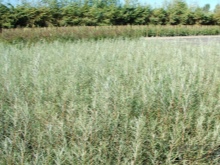

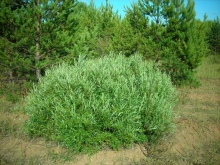
Description
Rosemary willow is so named for the shape of the leaves that resemble rosemary shoots and their location.
The second name - Siberian willow - indicates the main place of growth. It is a dwarf subspecies of the gray-haired willow Angustifolia.
Under natural conditions, the shrub grows in Europe, Siberia and Central Asia, Khabarovsk and Primorsky regions. Occurs in open areas and on tree-covered massifs, on peat and sandy soils. Listed in the Red Book.
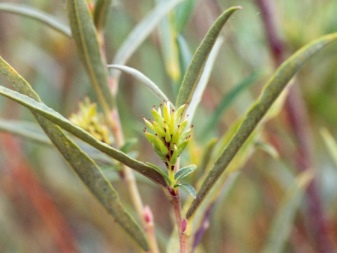

This is a low-growing shrub up to 1 meter high. Dark green leaves are glossy on the surface, slightly pubescent on the back, silvery. The leaves are long (2-8 cm) and narrow (3-10 mm), straight and flat, tapering towards the edges. Shoots are reddish-brown with a lilac tint, arched, young ones are greenish-yellow, growing vertically. Spring foliage is bluish green. In autumn, it turns yellow, then withers and falls off.
It blooms in May, sometimes at the same time as the blossoming buds. Many small earrings on the sides of the branches have a rounded shape. Pistillate catkins are reddish, and with pollen they are yellow and purple. They have a pleasant fragrant smell. Dry boxes up to one and a half centimeters long are formed from them. In June, fluff with seeds flies out of the boxes.
The frost-resistant shrub can withstand temperatures up to 29 degrees. The plant is hygrophilous, but resistant to drought. It tolerates poor soils and polluted air of the metropolis. Has a developed, strong root system. The lifespan is about 20 years.
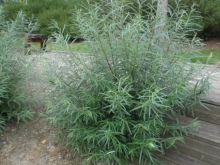
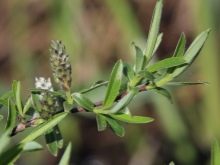
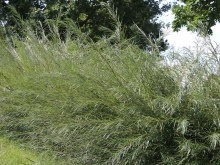
Planting and leaving
Agrotechnics of rosemary willow includes several points.
- The soil. Wet substrates, lowlands, areas near rivers and ponds are recommended for the plant. Loamy, peaty soils are suitable for cultivation - neutral or slightly acidic.
- Choosing a place. In sunny places, the willow grows more intensively, in the shade it stretches, the branches become thinner, growth slows down. Prefers areas protected from the wind. When disembarking near buildings, a distance of about 2 meters is left.
- Landing time. The plant is planted in the spring before the buds open in late April or early May at an air and soil temperature within + 8 ... 12 degrees Celsius. It is recommended to prepare the soil on the site in the fall - to dig it to a depth of 50 to 80 cm.
- Landing interval. The bushes are planted at a distance of 0.7 to 2 meters in holes about 60x60 cm.
It should be taken into account that the willow draws all moisture from the soil around it, draining it. Gardeners often use shrubs in very wet areas.
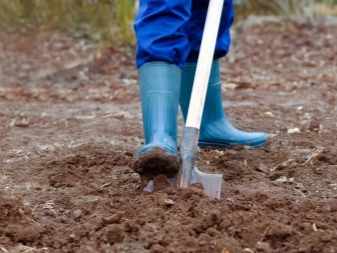
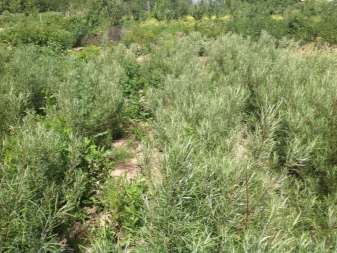
Disembarkation sequence:
- Free the planting material from containers, taking care not to damage the roots;
- lay drainage from a mixture of sand and crushed stone about 10 cm thick on the bottom;
- top up on ½ a nutritious substrate from fertile soil, peat, humus in equal proportions, plus wood ash;
- place a seedling on top, cover it with soil and crush it so that water accumulates around the trunk;
- the plant must be watered - 1 bucket of water per bush, after half an hour, 2 more buckets;
- mulch around the bush with peat, sawdust in a layer of 5 to 10 cm.
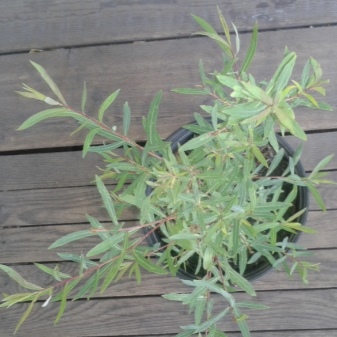

After planting, the plant must be looked after in accordance with the recommendations of the specialists:
- monitor soil moisture - water once a week, in hot dry weather several times a week;
- after watering, the soil is slightly loosened;
- in early spring and autumn, feed with organic fertilizers and mineral fertilizers, while nitrogen is applied in the spring, and phosphorus-potassium in the fall;
- for the winter around the trunk, the soil is mulched with peat, coniferous bark with a layer of at least 10 cm;
- in areas with winter temperatures below 30 degrees, it is recommended to cover.
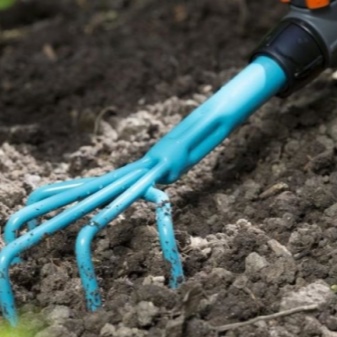
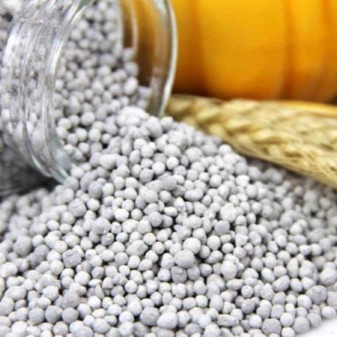
Pruning tips:
- the first pruning is carried out after the plant has adapted to a new place, this is done in the spring after flowering, but before the leaves appear;
- cut off, leaving about 20 cm of the length of the branch, keeping several buds at the base;
- the sections are treated with emulsion paint with the addition of 2% Topsin or Funaben ointment;
- the plant is fed and watered;
- thick branches should be thinned, root growth should be removed;
- straight shoots can be cut off almost entirely, leaving only the trunk;
- can be cut several times per season, but no later than July.
Important! It is enough to prune the plant in the place from which intensive growth began last spring. After such pruning, it will grow faster and bloom profusely.
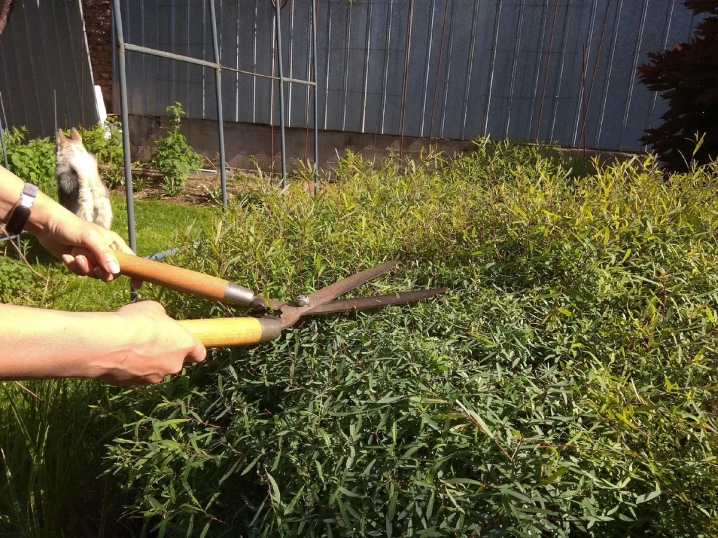
Breeding options
Willow is grown from seeds, cuttings and seedlings. Saplings are usually bought from a store or nursery.
The sequence of actions when growing from a cuttings:
- cut off a young branch with several buds 25-35 cm long;
- put in water and add a root growth stimulator or buried in a moist substrate, the soil must be regularly moistened;
- the place for the seedling is suitable for a bright one, but not under direct sun;
- in a month, roots should appear, and then you can plant it in a permanent place.
The best time to harvest cuttings is spring.
You can plant the cuttings in a container with drainage and fertile soil. Such plants spend the winter in a room with a cool temperature. In the spring they are planted on the site.
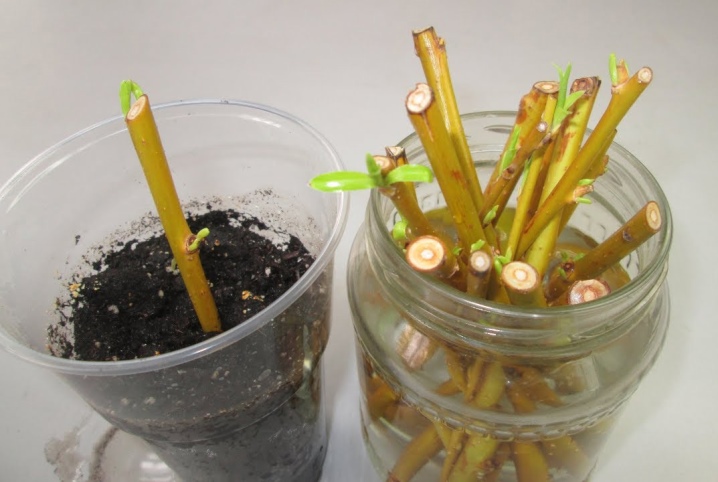
Willow seeds reproduce naturally. Gardeners rarely use this method, since the process is quite lengthy.
Planting sequence:
- seeds are planted in a mixture of sand and compost necessarily on the soil surface, without sprinkling with earth;
- keep the bed moist, for this, cover it with glass until 2 leaves appear;
- seedlings 3-5 cm high are planted in open ground in August - early September.


Diseases and pests
Dangerous pests of willow are:
- aphid;
- caterpillars;
- spider mite;
- willow gall midge (forms growths on the leaves and trunk);
- willow booger;
- barbel.
In the event of the appearance of insects, it is necessary to remove the damaged branches and leaves, and spray the plant with an insecticide.
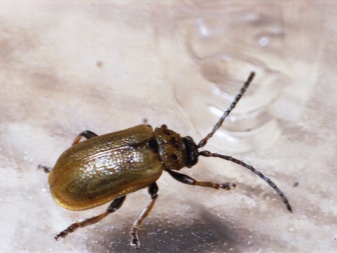
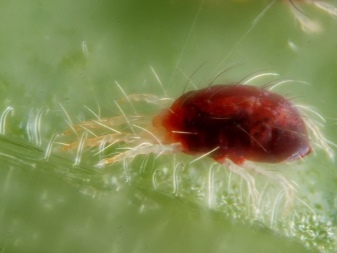
Willow is also susceptible to fungal diseases:
- rust - manifested by characteristic orange formations on the leaves;
- black spot - occurs on leaves and bark, shoots die off, and leaves fall off.
Damaged shoots are removed and burned. The bushes are sprayed with Topsin 3-4 times with an interval of 10 days.
It is recommended to remove the layer of mulch, since fungus also develops in it. Reduce watering to a minimum. Wet summers also stimulate the development of the disease.

Use in landscape design
As early as the 19th century, English designers used willows to strengthen the edges of artificial reservoirs. Often they are used to decorate compositions with plant fountains and dry streams. Many varieties of dwarf willow are used as hedges. The trees, planted at a distance of 1 meter from each other, grow up to form a living green wall.

In the form of a single bush, they create different variations of landscape design, often complementing them with low-growing ornamental plants. On alpine slides and rockeries, willow is recommended to be combined with light stones and bright floral arrangements.
Used in the design of borders, fences and miniature alleys.
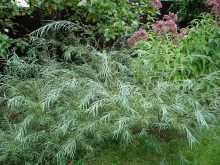
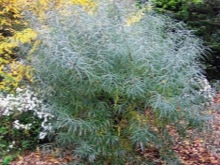
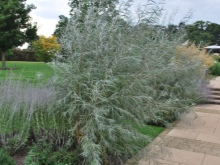
Willow goes well with birch, lilac, conifers, but they are not planted next to larch - they become a source of diseases for each other.
For even more about the features of rosemary willow, see the next video.



































































The comment was sent successfully.